I would like to generate a map of the world in Mollweide projection, but centered on longitude 150. I would like to plot a raster and a vector map of the world on top.
library(maptools)
library(raster)
library(rgdal)
# generate some dummy data
data(wrld_simpl)
ras <- raster(ext=extent(wrld_simpl), res=c(2,2))
values(ras) <- runif(ncell(ras))
ras <- mask(ras, wrld_simpl, inverse=TRUE)
# Here is the map unprojected, without recentering
plot(ras)
plot(wrld_simpl, add=TRUE, col='black')
# now I transform to Mollweide
mollproj <- '+proj=moll +lon_0=150 +ellps=WGS84'
# project raster
ext <- projectExtent(ras, mollproj)
rasMoll <- projectRaster(ras, to=ext)
# project vector map
wrldMoll <- spTransform(wrld_simpl, CRS(mollproj))
# plot
plot(rasMoll)
plot(wrldMoll, add=TRUE)
There are several problems here. The map is not at full extent, the vector map has horizontal lines, and there are floating pieces of the raster beyond the bounds of the world.
Any suggestions on how to get this to work?
Thanks!
